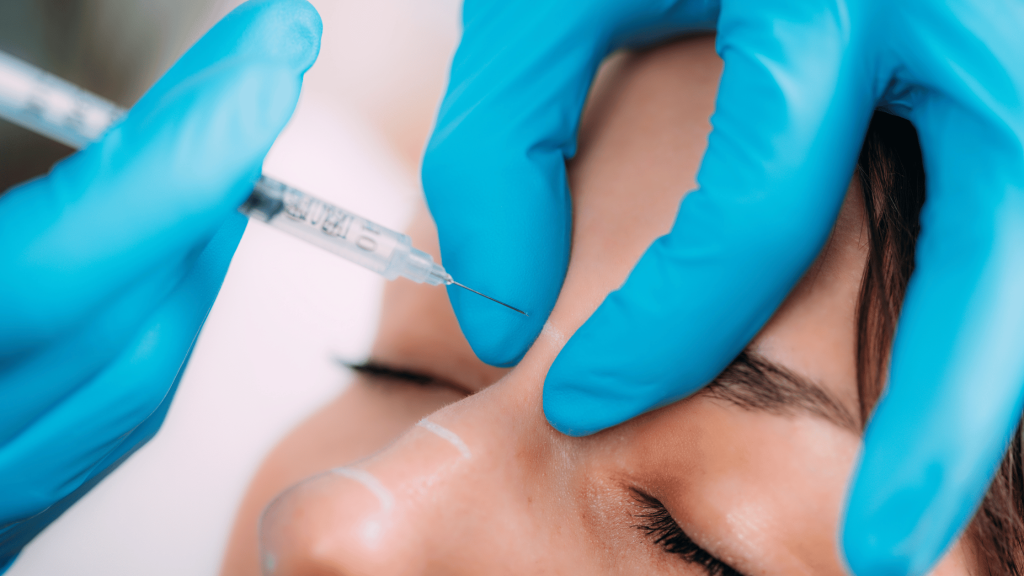
When you’re seeking a little boost to your appearance without resorting to surgery, fillers can be a tempting option. After all, who wouldn’t want to enjoy a fresher, more youthful visage, especially when the process is marketed as temporary and dissolvable? One common question that people ask before taking the plunge, though, is “Do fillers truly 100% dissolve?” The answer, like many things in life, is not black and white.
The Intricate Composition of Fillers
Let’s start by understanding what exactly these fillers are made of. Most commonly used dermal fillers, such as Restylane and Juvederm, are composed of Hyaluronic Acid (HA). A naturally occurring substance in the body, HA is particularly adept at retaining water, contributing to skin plumpness and elasticity.
The Promise of Dissolvability
Dermal fillers have been touted as temporary, and by extension, dissolvable. Here’s the catch – while it’s true that HA-based fillers are not permanent, it’s not entirely accurate to say they 100% dissolve, at least not in the way you might imagine.
The Great Dissolve
The concept that fillers completely disappear can be misleading. It’s true that, over time, the hyaluronic acid in fillers does break down and is gradually metabolised by the body. However, the rate at which this happens can vary significantly depending on a multitude of factors. These include the specific type of filler used, the location of the injection, individual metabolism rates, and even lifestyle factors such as diet, exercise, and sun exposure.
The expectation that fillers will vanish without a trace, as if by magic, is a common misconception. Instead, what typically happens is a slow and steady reduction in the volume-enhancing effect. For most people, fillers tend to last between six months to a year, sometimes even longer, before the effects begin to gradually fade.

The Phantom Presence
Moreover, a fascinating study conducted by Turku University in Finland found that traces of these fillers could still be present in the body years after the aesthetic effects have worn off. What does this mean for you? Well, although the visible impact of your fillers may be long gone, minute traces of the product may linger.
This doesn’t mean it’s bad news. Despite their phantom presence, these traces are generally harmless, being composed of substances naturally found in the body. Moreover, if you’re unhappy with your fillers or encounter any problems, a simple injection of hyaluronidase can help to accelerate the breakdown of HA, effectively ‘dissolving’ the filler.
The Final Word
So, do fillers truly 100% dissolve? The answer isn’t a clear-cut ‘yes’ or ‘no.’ While they do significantly break down over time, traces might remain in the skin even after the visible effects have faded. However, these traces don’t typically cause any problems and can be ‘dissolved’ if necessary.
Remember, if you’re considering dermal fillers, it’s essential to seek advice from a qualified medical professional. They can provide you with tailored advice based on your skin type, medical history, and personal aesthetic goals.
When it comes to aesthetic treatments, knowledge is power. Now that we’ve unmasked the truth about the longevity of fillers, you’re one step closer to making an informed decision.